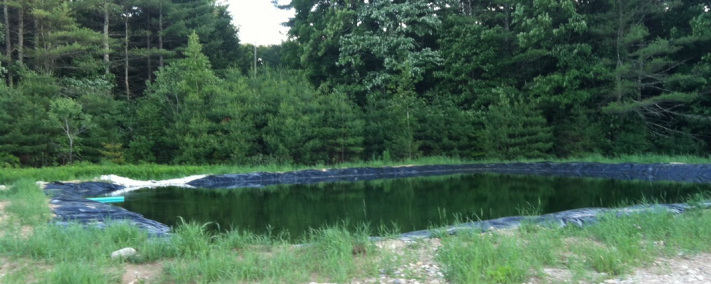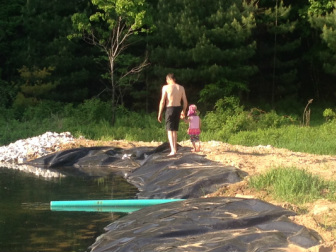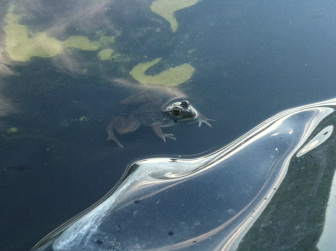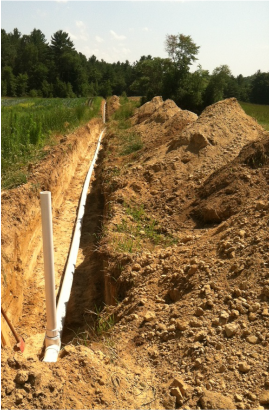The installation of the boiler is one of our major winter projects, along with tuning up our various antique tractors and configuring the implements. (Also high on the winter project on the list: having a baby! Caitlin is due in two weeks, so if it gets a bit quiet over here, that'll be why.)
|
Each year since starting the farm, we've invested in some long-term infrastructure and equipment to make it run more smoothly, increase efficiency, and extend or improve the growing season. These have included tractors and implements, greenhouses, cold storage, and most recently, the installation of a pond and irrigation system. For next year, we're putting in a wood-pellet boiler to provide heat to our greenhouses. This will help us start seedlings, get tomatoes going earlier, and reduce the incidence of disease in the tomatoes later in the season (by being able to heat on cold mornings to evaporate moisture that encourages diseases to spread). The pond and the heating system will also increase the farm's resilience in the face of shifting climate and weather patterns.
The installation of the boiler is one of our major winter projects, along with tuning up our various antique tractors and configuring the implements. (Also high on the winter project on the list: having a baby! Caitlin is due in two weeks, so if it gets a bit quiet over here, that'll be why.)
0 Comments
|
Follow us on Facebook for more updates! Archives
March 2016
Categories
All
|







 RSS Feed
RSS Feed
